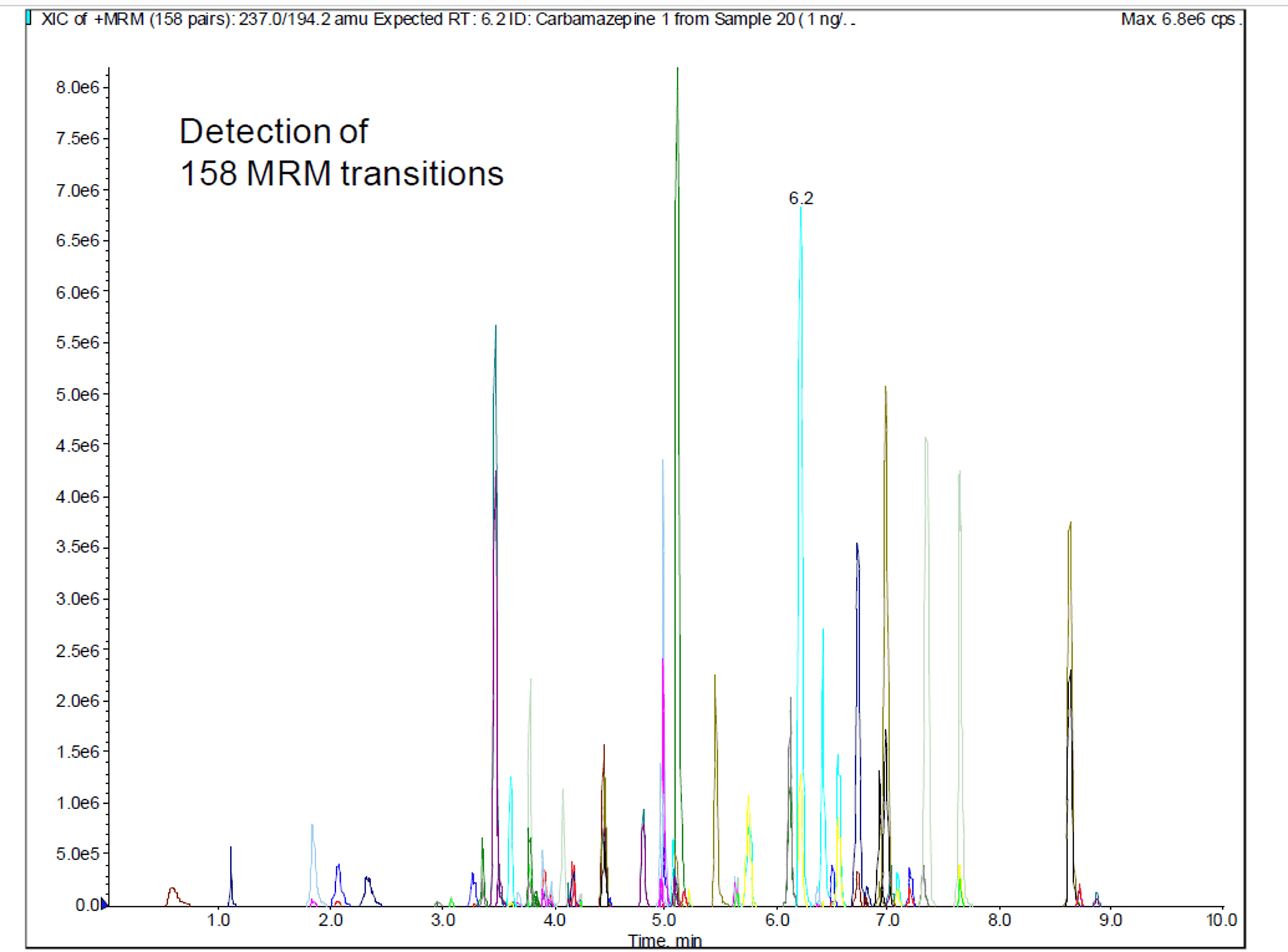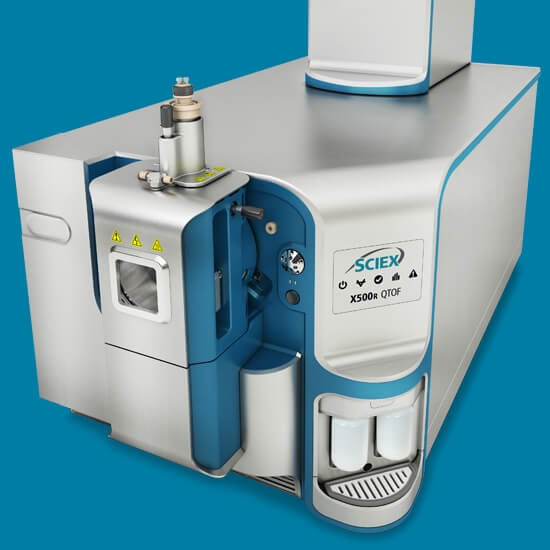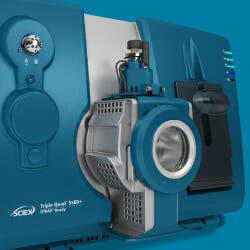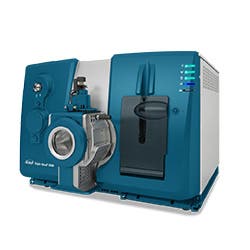PPCPs find their way into the environment through excretion, household waste and trash, sewage, bathing and wastewater and direct disposal. It is estimated that approximately 3,000 different substances are commonly used as pharmaceutical ingredients, including painkillers, antibiotics, antidiabetics, beta-blockers, contraceptives, lipid regulators, antidepressants and impotence drugs.
Although detected concentrations of PPCPs are generally low, the incomplete removal of PPCPs during wastewater treatment or diffuse-source contamination presents a potential risk to human and environmental health. Regulators and researchers have developed methods to assess the risks of environmental exposure to some PPCPs, (1-6) but only a small subset has been investigated so far. (7) Because PPCPs have diverse chemical properties and are usually found at low concentrations, sample analysis is a challenge.
Ease the challenge of analyzing PPCPs with LC-MS/MS
Leverage the high sensitivity and positive and negative ionization capabilities of LC-MS/MS technology for comprehensive, high-throughput analysis. LC-MS/MS enables you to:
- Analyze thousands of polar, non-polar and thermally labile compounds in a single run
- Perform direct injection of water samples for quick screening in both wastewater plants and drinking water treatment systems
- Simplify soil or other sample prep procedures due to the sensitivity of the analysis
- Utilize unknown screening approaches to identify unknown or emerging PPCP compounds or possible metabolites






